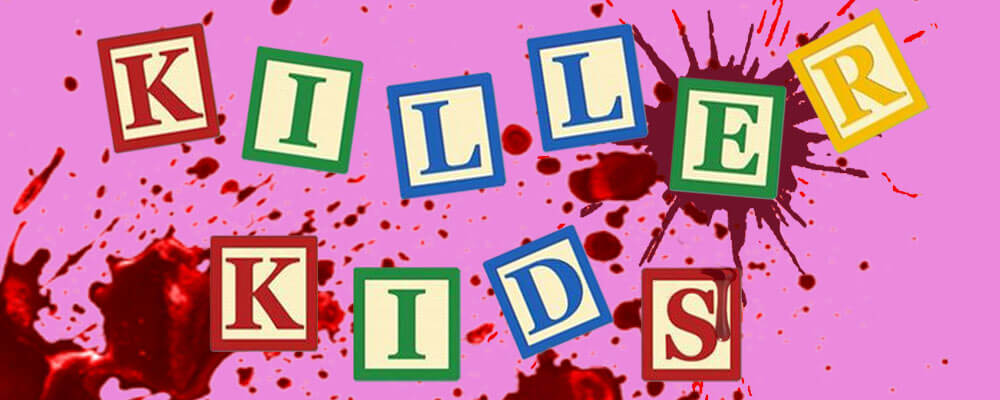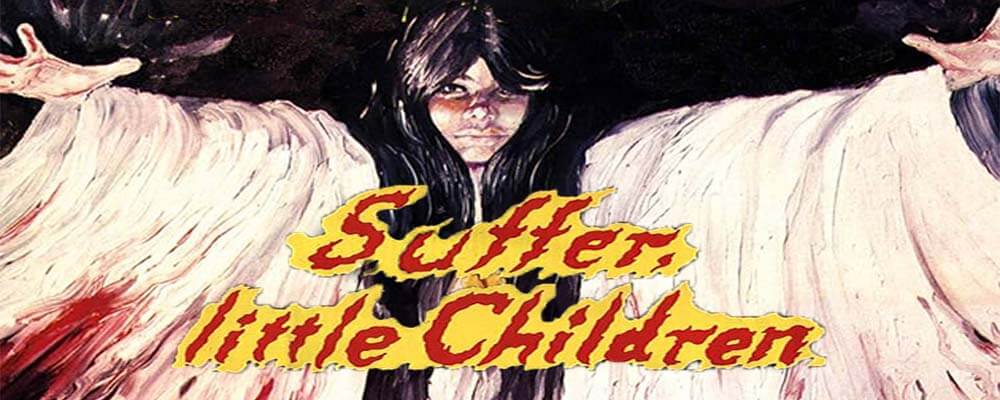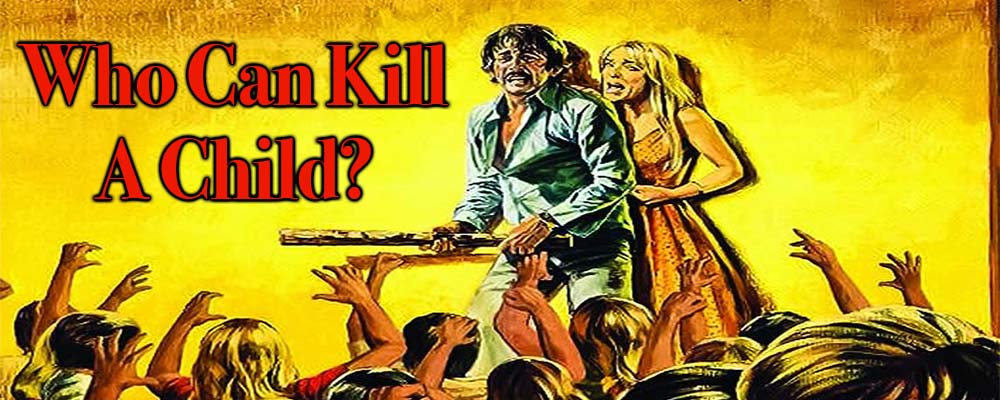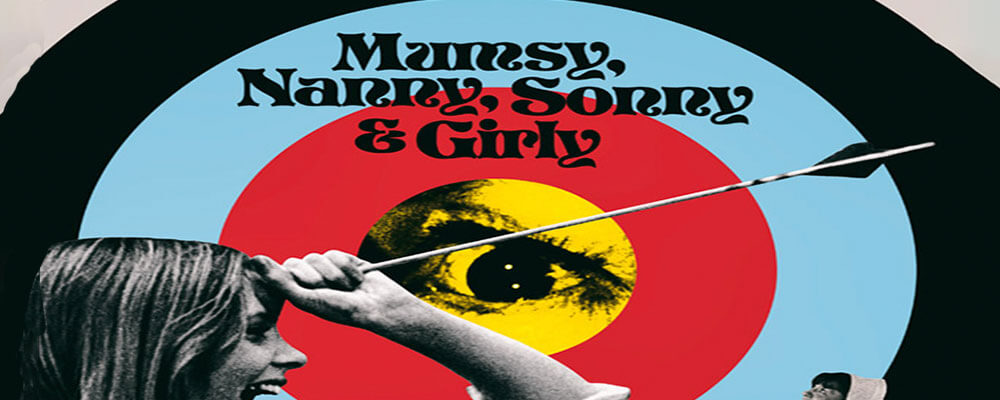
The killer kids sub-genre began with the release of the 1956 movie THE BAD SEED and secured its place in the horror canon with CHILDREN OF THE DAMNED four years later. Although the sub-genre never had a definitive golden age, killer children have been a staple in horror cinema for the last seventy years, with notable booms after the success of THE OMEN (1976) and PET SEMATARY (1989).
Perhaps unsurprisingly, since these films frequently break the unwritten rule of not killing children on screen, the killer kids sub-genre is canonically bleak. Parents and adults must decide whether to cross the mortal threshold or let the villains survive. Either way, the audience can expect a nihilistic ending rife with moral compromise.
This November, Spectacle invites you to experience three killer kid movies, SUFFER LITTLE CHILDREN (1983), WHO CAN KILL A CHILD? (1976) and MUMSY, NANNY, SONNY AND GIRLY (1970).

SUFFER, LITTLE CHILDREN
dir. Alan Briggs, 1983
United Kingdom. 74 min.
In English.
FRIDAY, NOVEMBER 3 – 11:55PM
FRIDAY, NOVEMBER 10 – 10 PM
MONDAY, NOVEMBER 13 – 7:30 PM
FRIDAY, NOVEMBER 24 – 11:55PM
MONDAY, NOVEMBER 27 – 7:30 PM
A mute child arrives at a children’s home and starts terrorizing the other children with her demonic powers.
Written by producer Meg Shanks (who also owned the school that supplied the movie’s child actors), SUFFER, LITTLE CHILDREN is one of the most unforgettable and immersive shot-on-video horror movies in existence. Combining exploitive “true crime” elements with a hallucinatory aesthetic, the movie purports to be a “recreation” of supernatural events that took place in August 1984 at an orphanage in Surrey, England. Whether or not these events are true is a moot point. Banned during the UK’s Video Nasty witch hunt and previously only available via VHS bootlegs, SUFFER, LITTLE CHILDREN is a true bludgeon to the brain — now fully uncut and uncensored for the first time ever.

WHO CAN KILL A CHILD?
dir. Narciso Ibáñez Serrador. 1976.
Spain. 102 mins.
In English and Spanish.
THURSDAY, NOVEMBER 2 – 10 PM
FRIDAY, NOVEMBER 10 – 7:30 PM
FRIDAY, NOVEMBER 17 – 11:55PM
WEDNESDAY, NOVEMBER 29 – 7:30 PM
English tourists Tom and Beth take a trip to the remote island of Almanzora off the Spanish coast. They discover there are no adults on the island, only children.
WHO CAN KILL A CHILD? was riddled with distribution problems. In an attempt to sell the movie, producers renamed it multiple times for different regions, including CHILDREN OF THE CORN TORTILLA and TRAPPED. Luckily, the film withstood the test of time and eventually became a cult classic. The film was remade in 2012 as COME OUT AND PLAY.
For this presentation, Spectacle will be showing THE ISLAND OF THE DAMNED cut of the movie. This version was the original release in the US, without the opening ten minutes of child murder documentary footage.

MUMSY, NANNY, SONNY AND GIRLY
dir. Freddie Francis. 1970.
United Kingdom. 102 mins.
In English.
WEDNESDAY, NOVEMBER 1 – 10 PM
FRIDAY, NOVEMBER 10 – 11:55PM
MONDAY, NOVEMBER 20 – 10 PM
THURSDAY, NOVEMBER 30 – 10 PM
Mumsy, Nanny, Sonny and Girly kidnap men and dub them their new friends. These new friends are forced to participate in an elaborate role-playing game, and if they refuse, they are put on trial and “sent to the angels.”
An oddity in the killer kids subgenre, MUMSY, NANNY, SONNY AND GIRLY, deals with young adults role-playing as children. The film is tonally and thematically similar to Jack Hill’s SPIDER BABY (1967), asphyxiating the audience in an unrelenting nightmare of madness and anxiety.
Director Freddy Francis was inspired to write MUMSY, NANNY, SONNY AND GIRLY after visiting the famous Hammer Horror filming location Oakley Court. Francis shot the exteriors of Oakley Court for the film but wished he could have showcased the interiors.
Upon release, MUMSY, NANNY, SONNY AND GIRLY sparked a moral panic in the UK. The press misinterpreted the film as having incestuous undertones, which led theaters to refuse to show it. Luckily, producers rebranded the film as GIRLY and sold it to a US market with moderate success.
